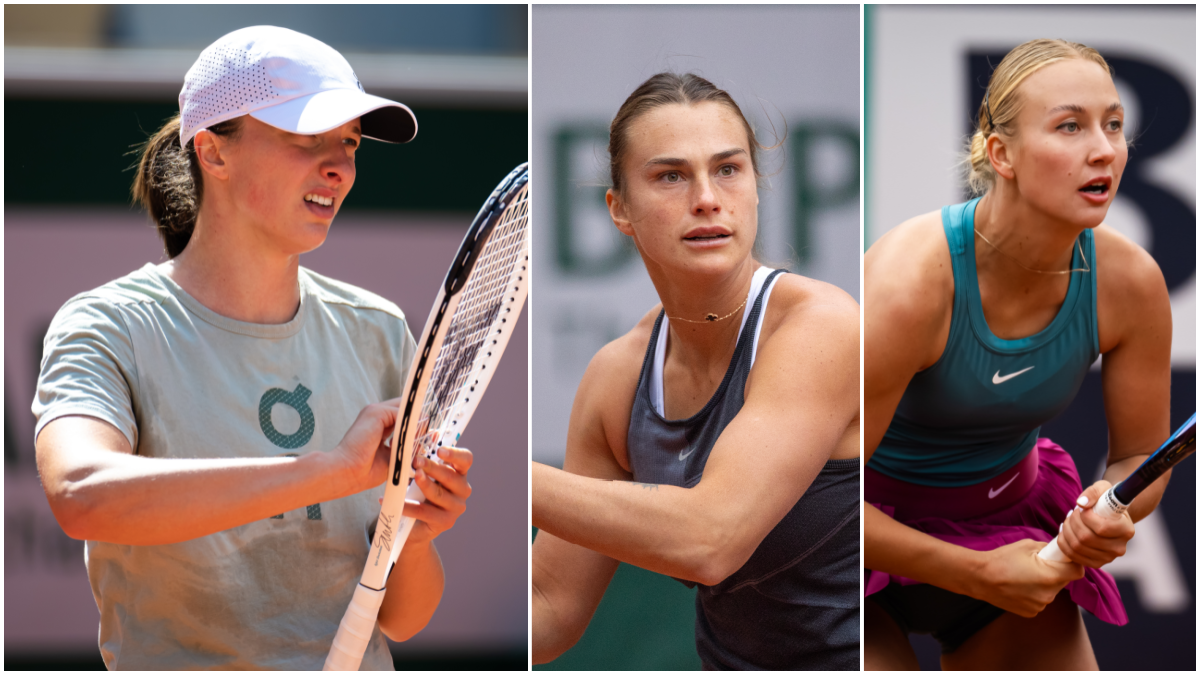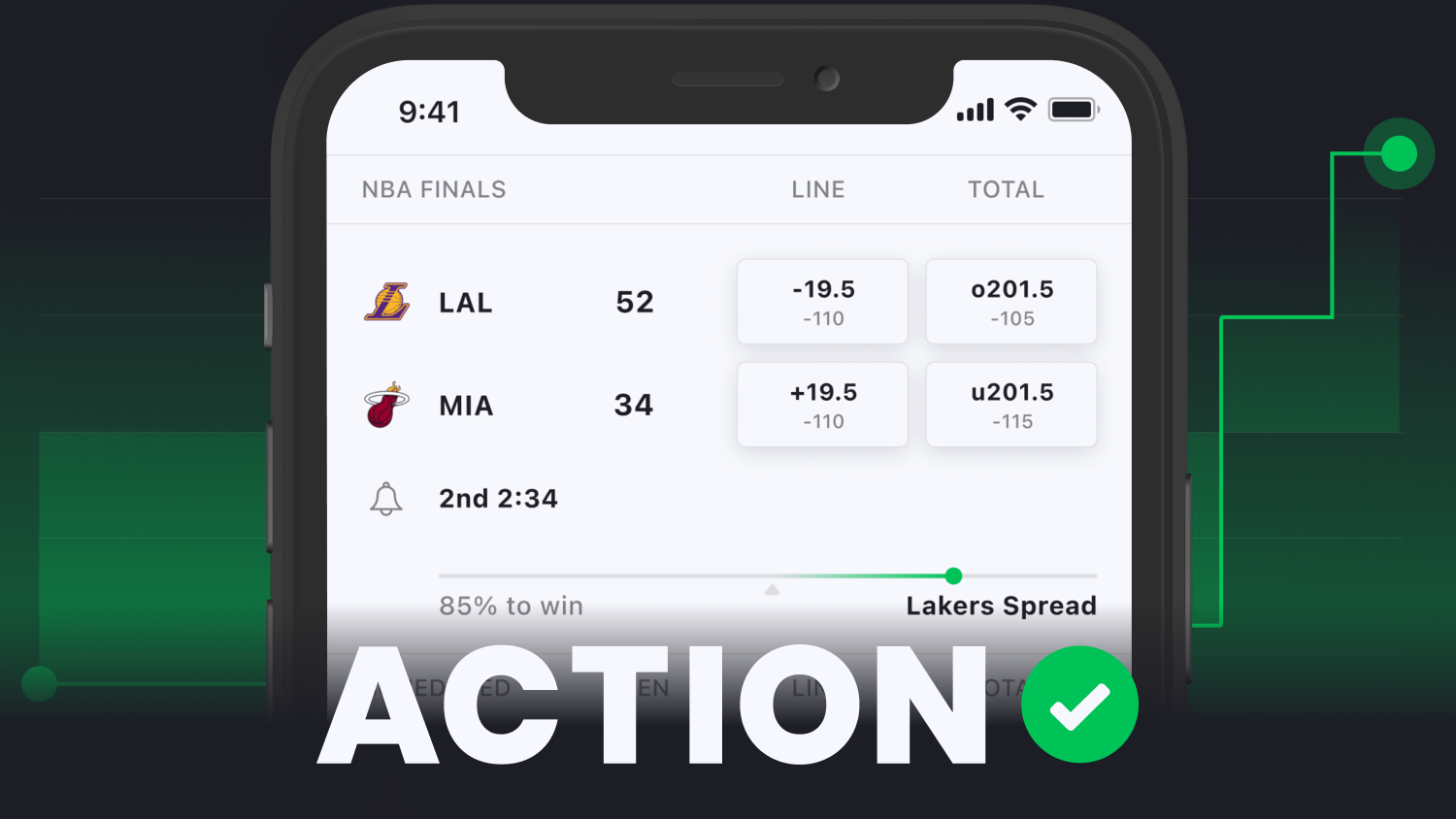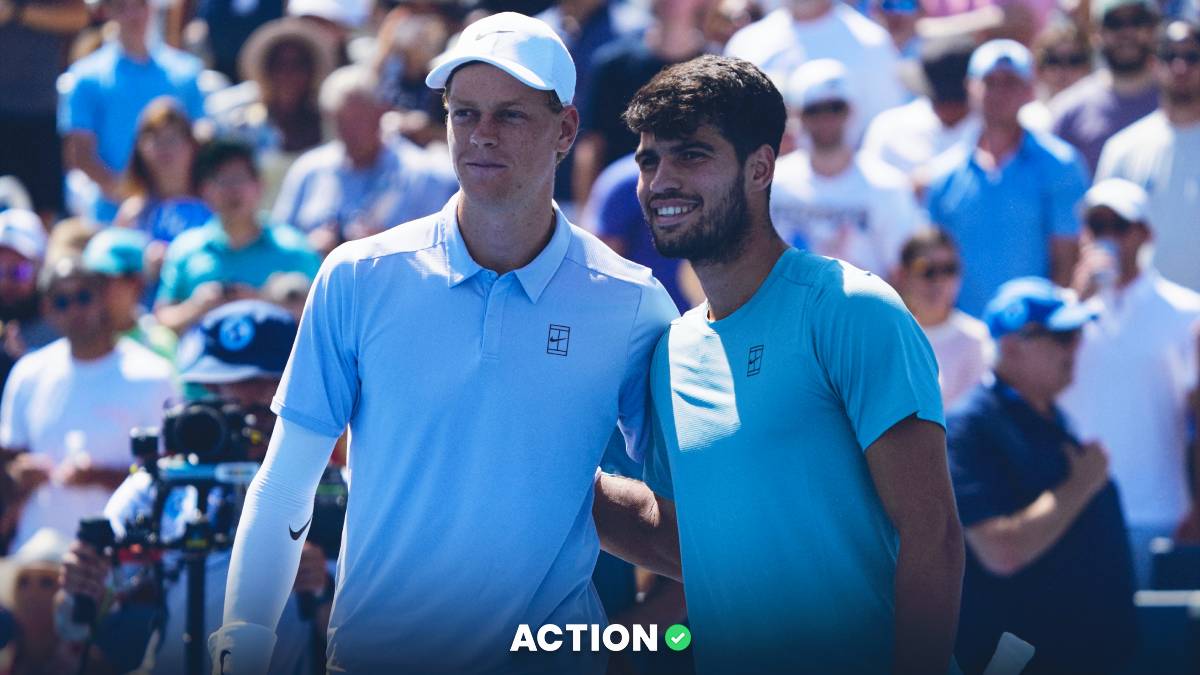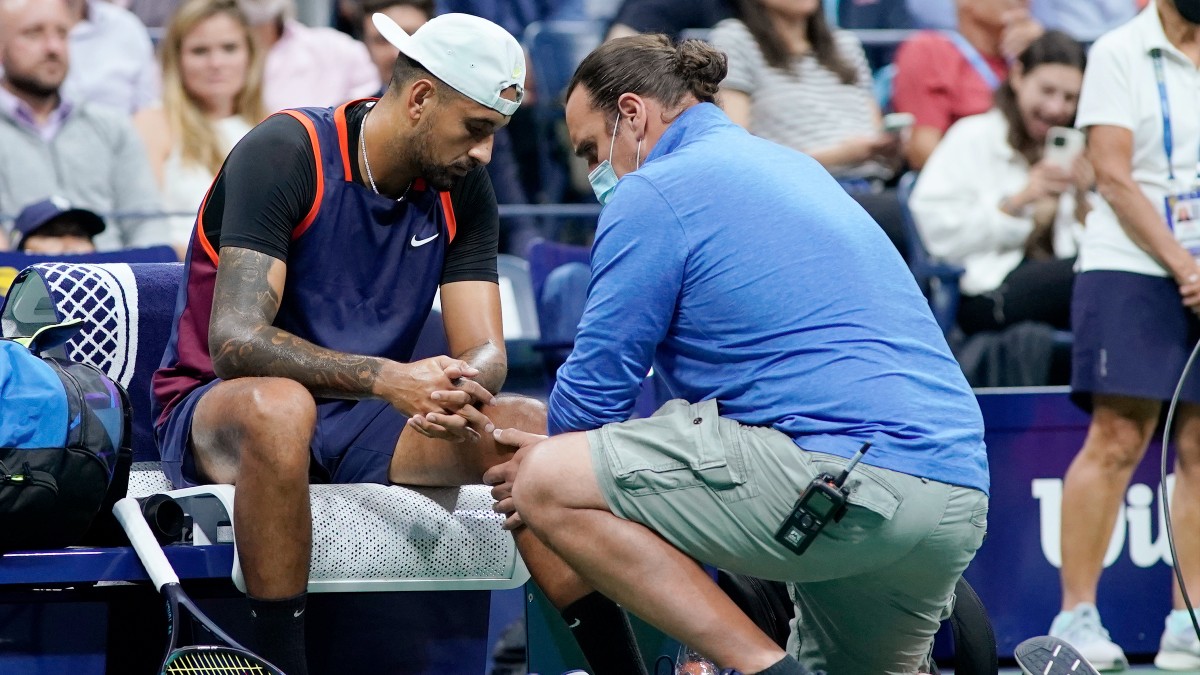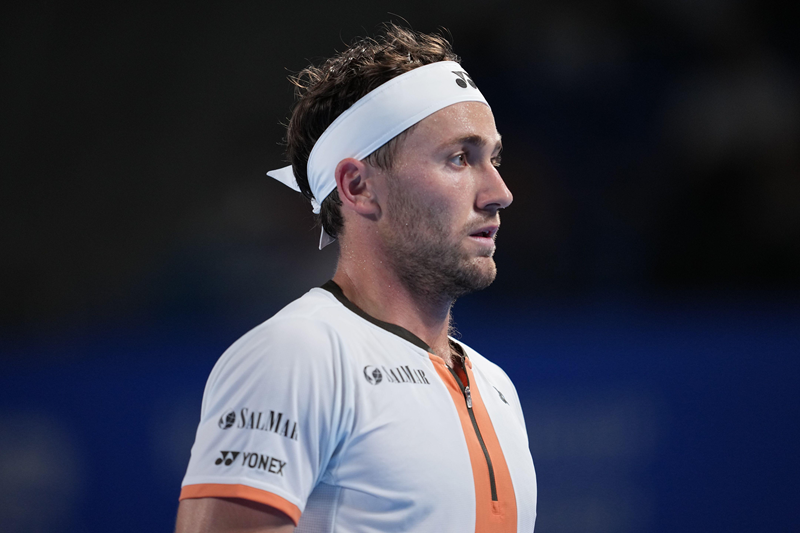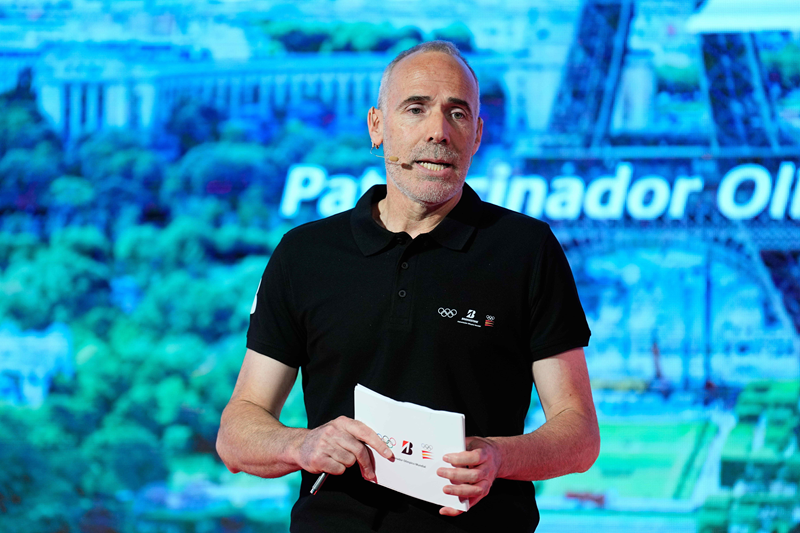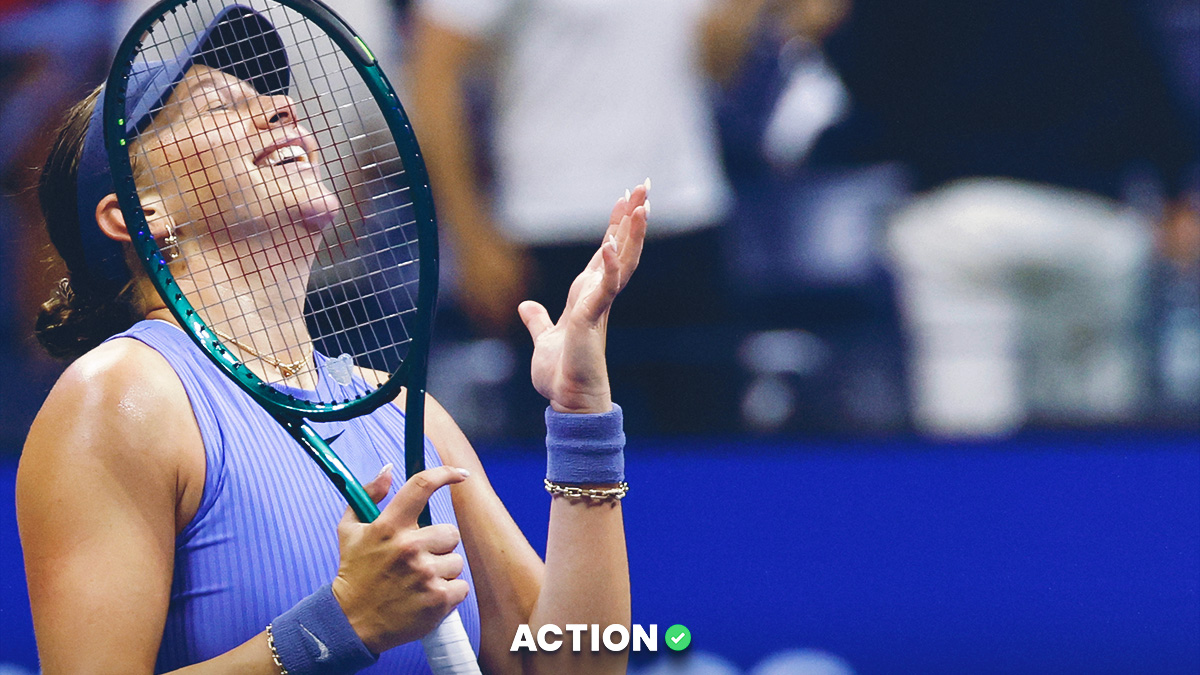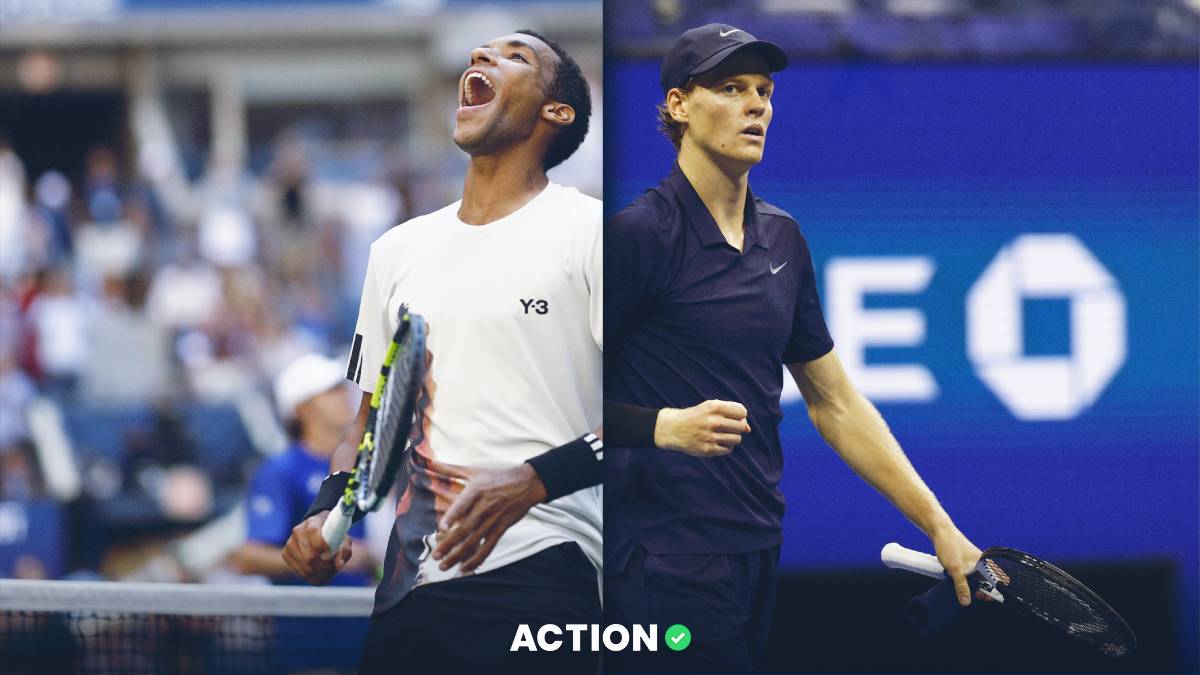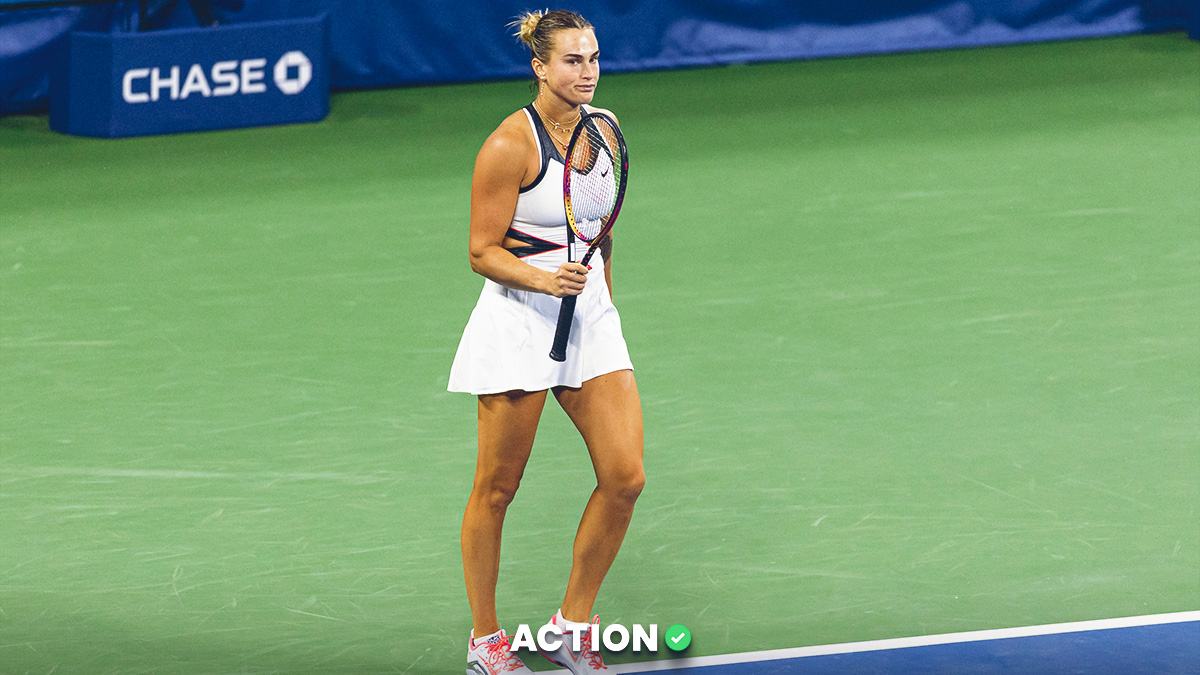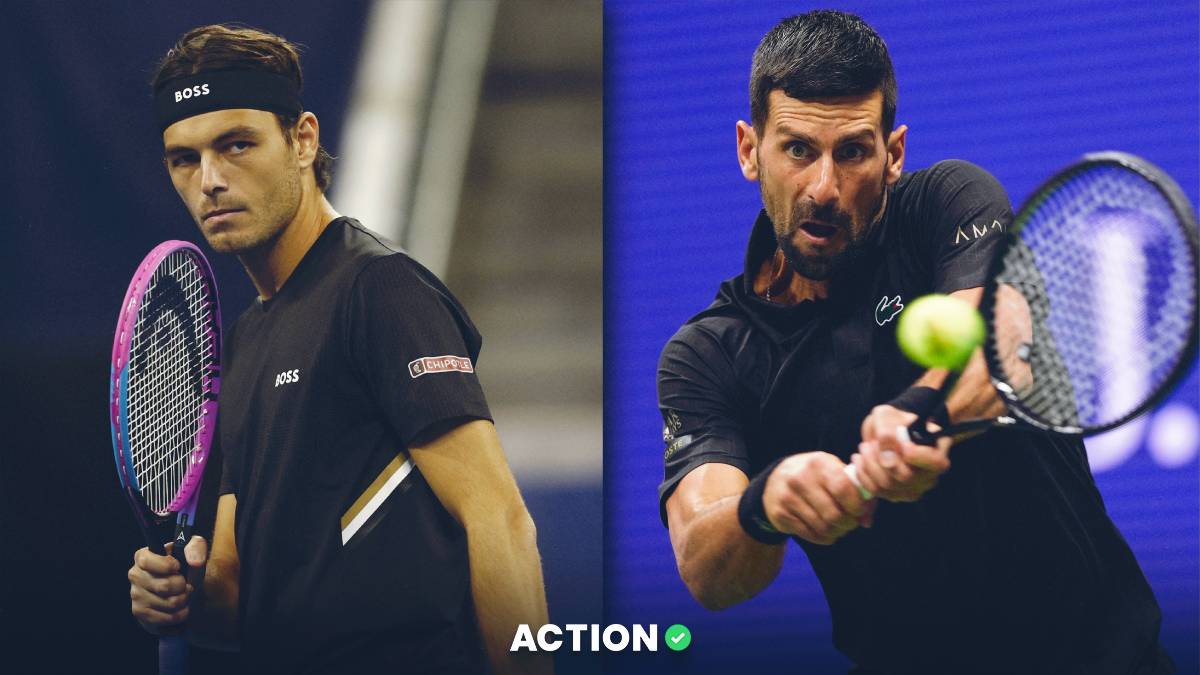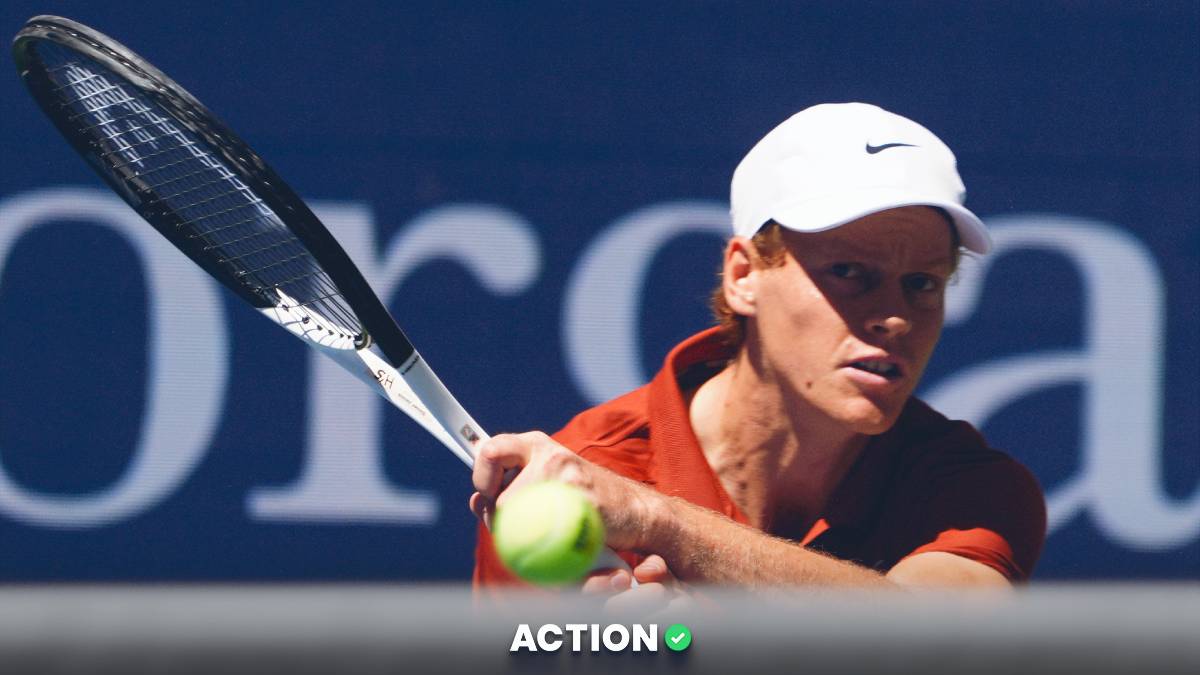The French Open has arrived and players are set to take the clay courts with a Grand Slam title in sight!
2023 champion Iga Swiatek is the clear favorite to recapture her title, and for good reason.
But, should you put your faith in Swiatek? Who are some other options to lift the winner's trophy? Read on for futures and bets for the 2023 French Open women’s field.
Note: All odds came from BetMGM. Read here for tips on viewing tennis matches. The full women’s draw can be found here.
French Open Futures
Outright: Iga Swiatek (-110)
I know the odds seem ridiculous on Swiatek, but it would be impossible to have a Roland Garros futures article without her in it. According to Martina Navratrilova, Swiatek's injury sustained in Rome against Rybakina is not an area for concern.
And if she's not injured, who can realistically beat Swiatek in slow clay conditions? Swiatek is a two-time Roland Garros champion, is 104-16 on clay for her career and is 12-2 on clay this season. The Pole has a title on the quick clay of Stuttgart this season and, while she doesn't look quite as dominant as in years past, she is clearly a massive threat on the surface.
Swiatek's game works so well on clay. She has a well-placed serve that is hard for opponents to attack. In addition, Swiatek's forehand is heavy and powerful, allowing her to control the baseline. Her backhand has turned into more of a weapon in recent years and her tennis IQ is off the charts. In addition, the Pole is so quick around the court and can neutralize power effectively.
Her draw is fairly straightforward. While Swiatek would have to potentially face Barbora Krejcikova in the fourth round (the pair have a 2-2 head to head), Krejcikova has gone just 4-3 since the start of the clay season.
The seed that Swiatek would potentially face in the third round, Marie Bouzkova, does not have the weapons to hurt her. Cristina Bucsa in the first round should allow the Pole to ease into the tournament and either Claire Liu or a qualifier in the second round is also generous. Liu is 1-5 this year on clay.
No. 6 seed Coco Gauff is also a fantastic potential quarterfinal opponent for Swiatek in the quarterfinals, if Gauff can even make it there. Gauff's forehand is constantly exposed by Swiatek, as the Pole has won all 12 sets against Gauff in their head to head, losing just 20 games in their last five matches combined.
If Swiatek were to face No. 4 seed Rybakina in the semifinals, it would be tough, but slow clay is the place to face the Kazakh.
Overall, you have to consider Swiatek if looking to play a women's outright selection.
Outright: Aryna Sabalenka (+600)
This might seem surprising to some, as Sabalenka isn't known for her clay-court craft and went out in her opening Rome match in a shocking defeat to Sofia Kenin.
But Sabalenka is a better choice than one might initially think. While it was at altitude, the No. 2 seeded Sabalenka should have confidence from beating Swiatek in the Masters 1000 final in Madrid. Sabalenka generated 12 break points and broke on four occasions in that match, while only getting broken three times herself, showing that she could hang with Sabalenka even on clay.
She has the ability to take the racquet out of her opponents' hands on any surface. She was this year's Australian Open champion, and she has a massive first serve and plays with excellent controlled aggression from the baseline.
𝗦𝗔𝗕𝗔𝗟𝗘𝗡𝗞𝗔 𝗜𝗦 𝗔 𝗚𝗥𝗔𝗡𝗗 𝗦𝗟𝗔𝗠 𝗪𝗜𝗡𝗡𝗘𝗥 🏆
Aryna Sabalenka secures her first major title at the Australian Open courtesy of a 4-6, 6-3, 6-4 success over Elena Rybakina in the final in Melbourne! @SabalenkaA | #AusOpenpic.twitter.com/jou0ywYnoC
— Live Tennis (@livetennis) January 28, 2023
Sabalenka does an excellent job of quickly turning neutral-ball rallies into her favor with powerful groundstrokes, and her anticipation allows her to defend better than one might expect, given that Sabalenka is not the best mover.
She starts off with a fairly tough match against a good ball striker in Marta Kostyuk. However, Kostyuk's rally tolerance is not a strength and she is going to be in defensive positions during this match much more often than she would like.
Sabalenka should fly through to the fourth round, as players such as Panna Udvardy and Shuai Zhang are not close to her level. Udvardy's forehand is a massive weakness and her serve would get destroyed by Sabalenka. Zhang is not a good clay-court player (88-129 career-record on the dirt) and she doesn't have the rally tolerance or the controlled aggression to effectively compete against a player of Sabalenka's caliber on the surface.
The highest seed in Sabalenka's eighth of the draw is No. 16 seed Karolina Pliskova, who is not a clay-court player. No. 19 seed Qinwen Zheng is lurking in Pliskova's section as well, but she can become impatient during baseline exchanges and the clay can neutralize her power a bit. And given that there are baseline-centric players such as Yulia Putintseva and Sloane Stephens in that section, it's no guarantee that Pliskova or Zheng even reach the fourth round.
An erratic Caroline Garcia is the seed in Sabalenka's quarter, and I don't trust her at all at the moment. And, Sabalenka's biggest competition, Swiatek and Rybakina, are in the other half.
If Sabalenka can reach the final, it's always possible that Swiatek gets nervous and/or cannot handle the pace that Sabalenka is throwing her way, as the best way to beat the Pole is to rush her.
Outright: Anastasia Potapova (+8000)
I think it's important to put someone in the weakest quarter of this draw – the third quarter – onto this list. No. 24 seed Anastasia Potapova has the form and game to make a big push in Paris.
Potapova has a 20-11 record for the season and a 5-3 clay-record in 2023. For her career, the Russian is 62-33 on clay, understanding how to construct points on the dirt.
She balances offense and defense well. Potapova has a fairly big first serve and can ramp up the pace on her forehand. She also moves well and absorbs pace effectively.
The main reason she's on my list, though, is because I think she can put an exclamation point on a strong first half of the season and emerge from this wide-open third quarter of the draw.
Potapova starts off with a qualifier, which is a nice way for the Russian to ease into the tournament. Potapova will likely have to face a clay-courter in Mayar Sherif in the second round, but Sherif has lost three of her past four matches after making the Madrid quarterfinals, including two bad losses to Anna Blinkova and Julia Riera. Potapova, if she plays near her capabilities, should not have problems there.
The first seed that Potapova might play is No. 15 seed Liudmilla Samsonova. However, she has her lowest winning percentage across all surfaces on clay. Samsonova's big serve and huge forehand game works best on quicker surfaces. Potapova should be able to grind her down should they meet. In addition, given that Samsonova is just 3-3 on clay this season, it's no guarantee she even makes the third round, as she's been inconsistent on the dirt in 2023.
A fourth-round showdown with Jessica Pegula looks a lot scarier on paper than in actuality. Pegula was recently upset by Taylor Townsend in Rome and her flatter game does not translate well to clay – especially the slower clay seen at Rome and Roland Garros. Potapova should also have confidence coming into a potential round-of-16 showdown against Pegula, as the Russian has lost 5-7 in the third and 6-7(2) in the third in their two (hard-court) meetings this season.
If Potapova can come that close against Pegula on the American's best surface, then she can beat Pegula on her worst surface.
And if Potapova were to make the quarterfinals, then No. 8 seed Maria Sakkari could potentially be waiting. The bigger the stage, the greater the likelihood that Sakkari plays tight tennis, as she is mentally a poor player late in tournament. Coming into a quarterfinal matchup with Potapova as a favorite could lead to some tense tennis from the Greek.
Then, if Potapova were to reach the semifinals, it's no guarantee that Sabalenka would even be there. And even if the Belarusian were there, Potapova would be full of confidence, just two matches from her first Slam title.
Leave: Coco Gauff (+3500)
I know the the six-seed next to her name and the name recognition might make this a tempting play, but don't be fooled. The defending finalist is a shell of the player who came one match short of her first Slam last season.
Gauff is just 3-3 on clay in 2023, winning just eight games combined in rough losses to Anastasia Potapova and Paula Badosa in Stuttgart and Madrid, respectively. Then, in Rome, Gauff suffered a concerning defeat to Marie Bouzkova, a player without major weapons who has no business beating her on clay.
Her forehand is not progressing nearly as quickly as many expected, as the American has stagnated from that wing. Opponents can easily rush Gauff from that wing, leading to unforced errors and short balls. Gauff struggles mightily to attack from her forehand wing, often just looping back attackable shots.
And too often lately, Gauff has gotten too comfortable relying on her athleticism and playing defensive tennis, as opposed to taking the initiative and stepping up in the court. Her backhand is world class, but she seems content in recent months to play "pusher-esque" tennis.
Her draw is also brutal.
Gauff starts off with Rebeka Masarova, who has won seven of her past 10 matches (all on clay), even reaching the final of a clay $100k in Oeiras. Masarova has a big serve and forehand, taking time away from Gauff and potentially rushing her forehand.
If Gauff wins that, then Julia Grabher will likely await. Grabher is a semifinalist in WTA Rabat right now, with a 293-160 career record on clay. Grabher has a heavy forehand that she uses to dictate from the baseline and Gauff will need to be sure to avoid forehand-to-forehand exchanges with the Austrian.
If Gauff makes the third round, she will face Rome finalist and No. 25 seed Anhelina Kalinina. If Kalinina is healthy, she could be a dangerous opponent for the American. Like Bouzkova in Rome, Kalinina has the ability to force the American to play more offense than she is comfortable with currently.
A potential fourth-round opponent for Gauff is the No. 11 seed, red-hot Veronika Kudermetova. Kudermetova has now made the semifinals of Madrid and Rome, dictating play with her powerful forehand. She could rush Gauff from the forehand wing and take good advantage of the short balls that the American is sending her way.
A nightmare quarterfinal with Swiatek would then await Gauff. Swiatek has completely dominated the head to head, with the American having nothing in her arsenal – even when she's playing well – to trouble the Pole.
This is a brutal draw for Gauff and I would stay far away from her when looking at outright selections.


